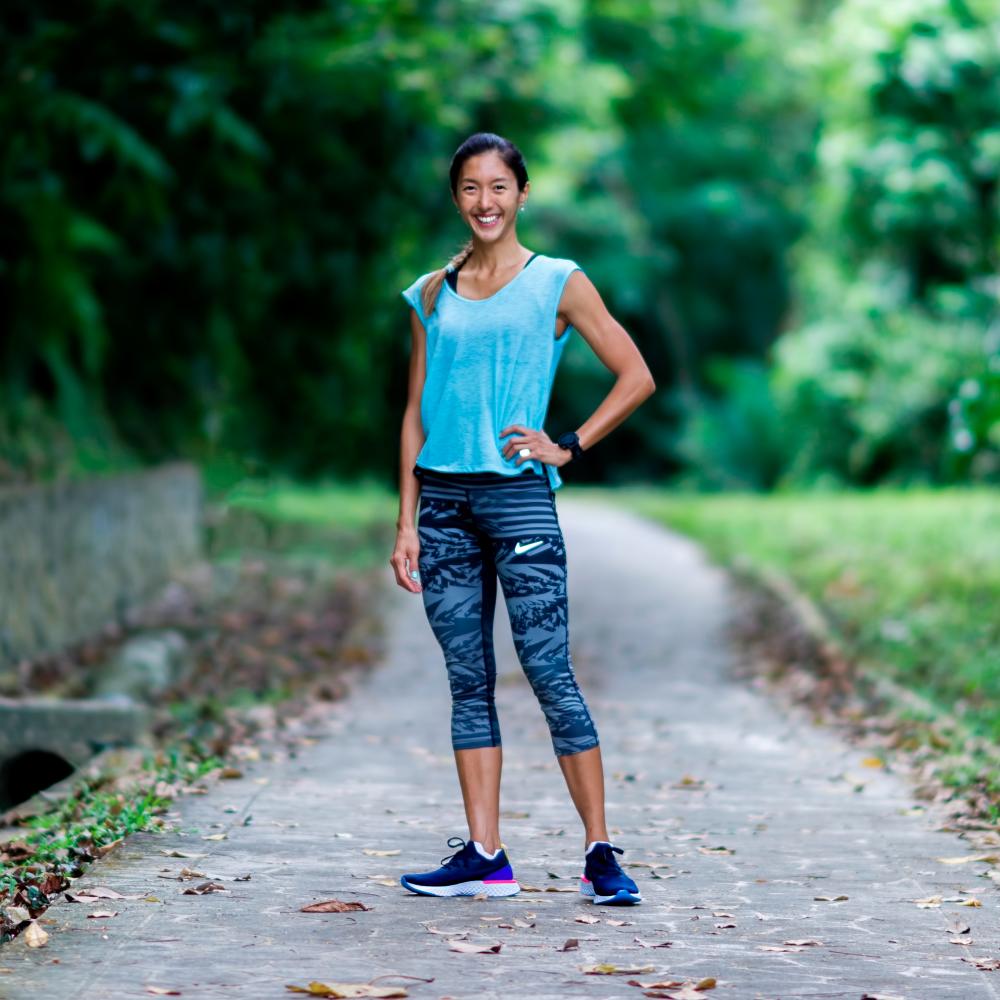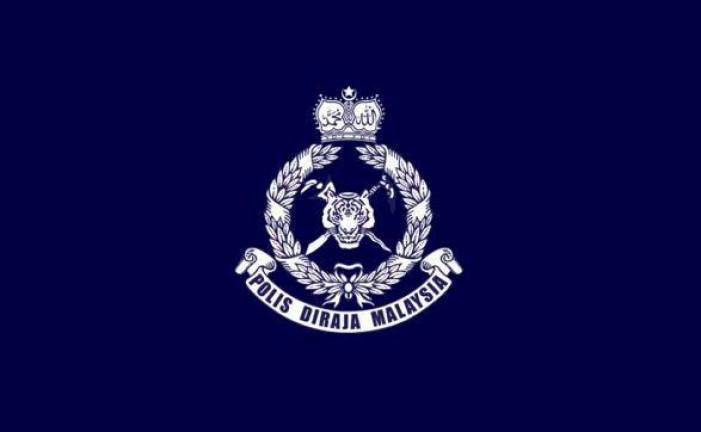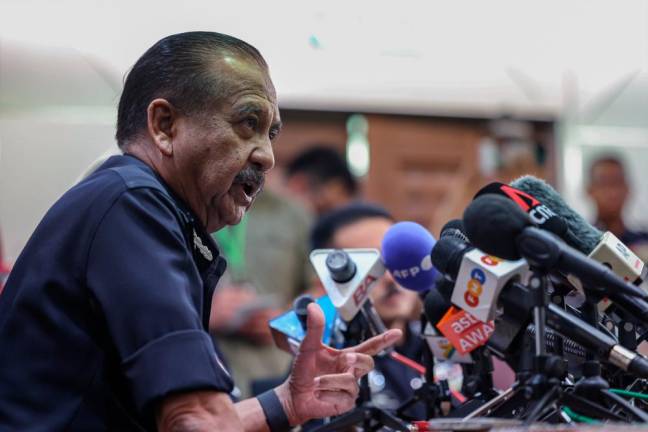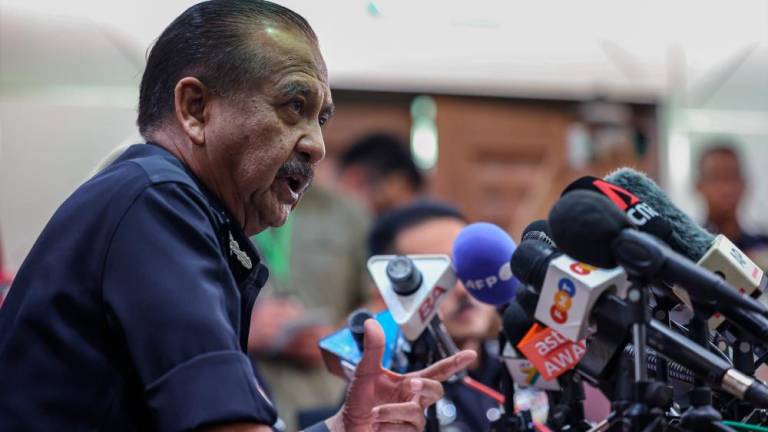COMPUTERS have gotten so small that we can strap them on our wrists. They alert us of incoming messages, count our heartbeats, and track our movements. Most people want smart wearables for their presumed ability to monitor our health and keep us fit.
But do they work? Or are they just the latest status symbol?
According to Teoh Sue Ling, a wearable is only as effective as its user. “Most fitness trackers track similar things. But if you don’t follow the instructions given by the wearable, it is no different than a watch that only tells time”.
Sue, as she is known, is a competitive swimmer, triathlete, runner and cyclist. She is also a personal fitness trainer certified by the American Council on Exercise (ACE) and FIT Malaysia, a Nike Running Master Trainer, a Run-Fit Specialist, and a Triathlon Coach Certified by the International Triathlon Union (ITU).
As a professional, Sue has tried many smartwatches, fitness trackers, and sports trackers across several brands. When I met her, she had a Series 5 Apple Watch on her wrist.
She said she has been using the Apple Watch since Series 3 launched.
One of the most basic features in a fitness tracker is the step counter. “A step counter is a useful tool,” she said.
“Generally, you would want to hit 10,000 steps per day. However, it is up to you to heed the numbers and hit your goal every single time.”
A reminder to stand and move for every hour of immobility is also an excellent feature to have in a smartwatch.
Sue explained: “It is a useful thing for those who want to keep healthy. It reduces long periods of inactivity and boosts metabolism.
“It is especially useful for those who work in an office at a desk job where you sit down at a computer for hours at a time.”
So what features should we look for in a fitness tracker?
Sue said: “Start with the ability to show you how many calories you spend and an exercise tracker that can detect your workout intensity. Also, [it should have] an accurate heart rate sensor and movement sensor.”
She explained that a suitable heart sensor can track the intensity of an activity.
“For example, someone could say they worked out in the gym for an hour, but if all they did was walk on the treadmill ... that’s not enough. You need moderate to high intensity [exercise].”
The heart rate indicates the intensity of a workout, and it is different for everyone.
However, Sue says that the general rule is when you work out with intensity, you can not speak in full sentences.
“On the Activity app, movement goals are set in calories, not steps. It also automatically sets your daily exercise goals to 30 minutes, and standing hours goal to 12,” said Sue.
Of the three goals, only the movement goals can be set manually.
The Apple Watch is an example of a smartwatch for most people, a wrist computer that can do it all. It even makes phone calls, has a built-in breathing app, stream music, and more.
However, when it comes to sport-specific training, Sue turns to her Coros, a brand of sports tracker.
“I like it mainly for its battery life. It is super long. I do a lot of training. Each session is a minimum of one hour, and up to six hours at a time. Even in the rain.
“It is nice not to have to charge it so often. When I travel, it is nice that I don’t have to bring my charger along either.”
As a triathlete, Sue uses a sport trackers that can record her swimming, cycling, and running activities, one after the other.
For long durations, she said “the Coros is good at it. So is Garmin. I have used a Polar before, but that brand is not easily available in Malaysia.
“For triathletes, Fitbit is considered a fitness tracker for the general public, but for specialised sports, there are other brands like Suunto.”
You can follow Sue as she goes on her sporting adventures on Instagram @suesueteoh.













